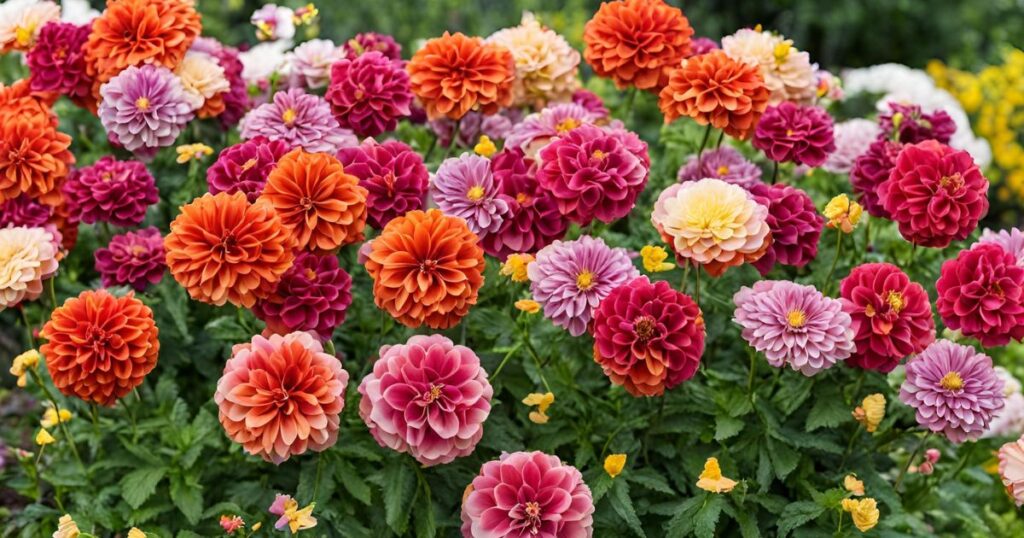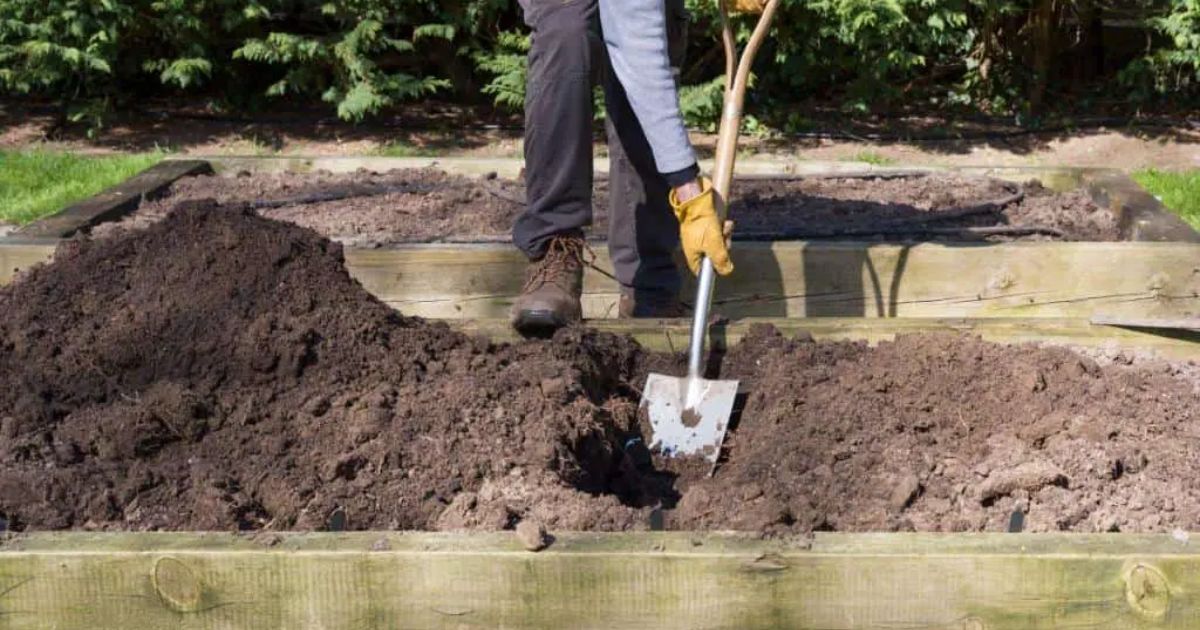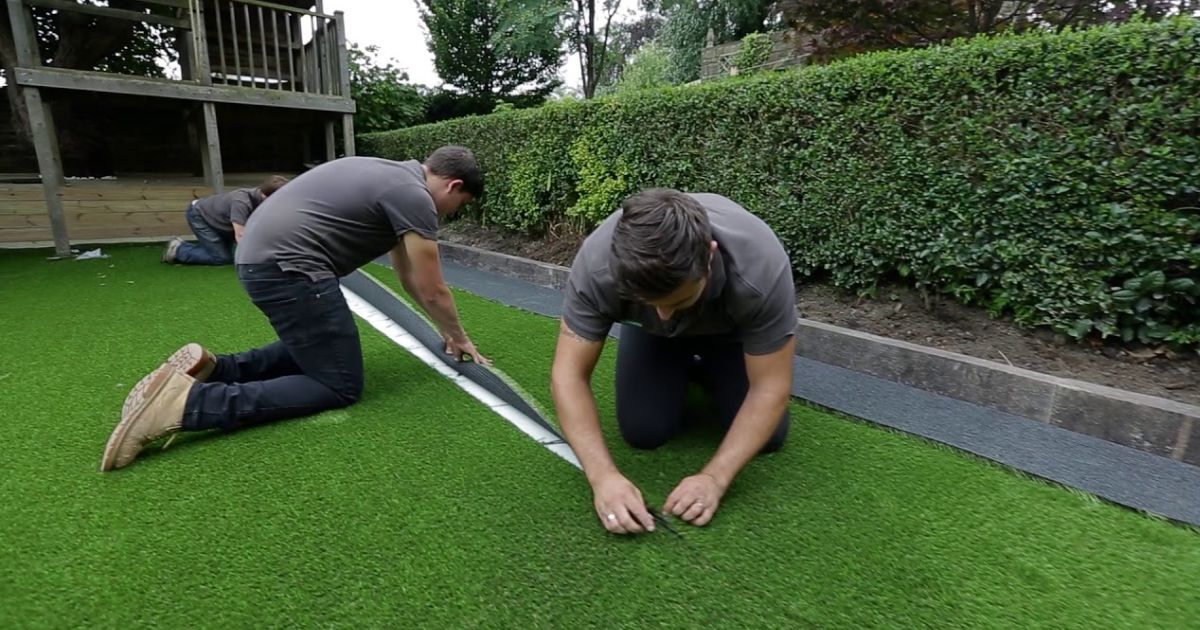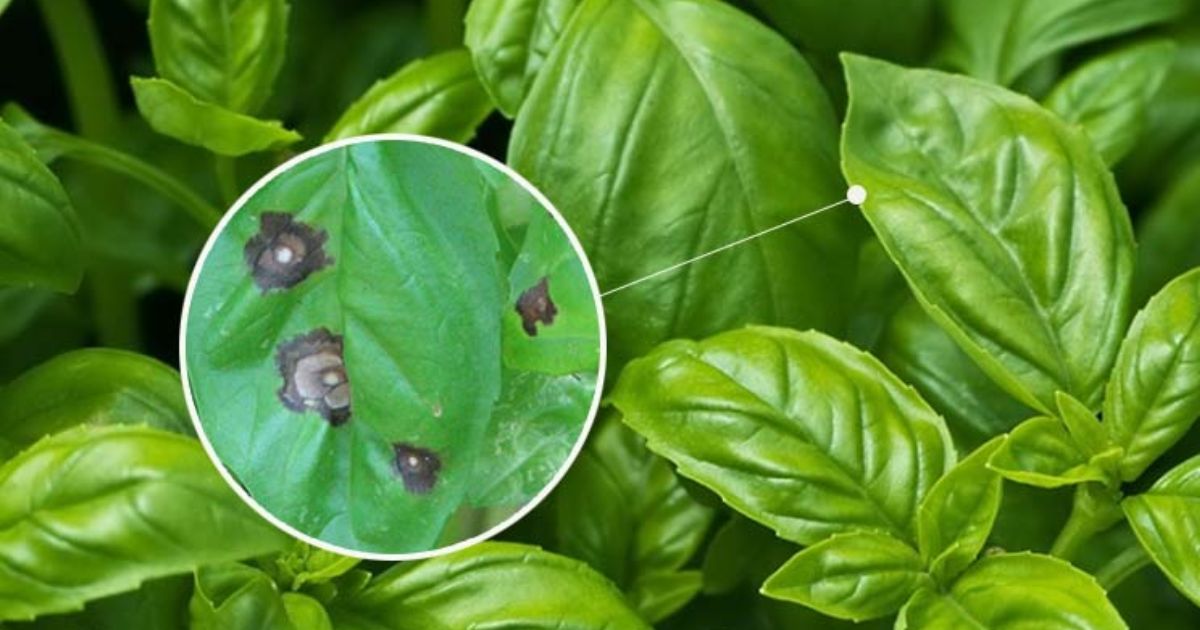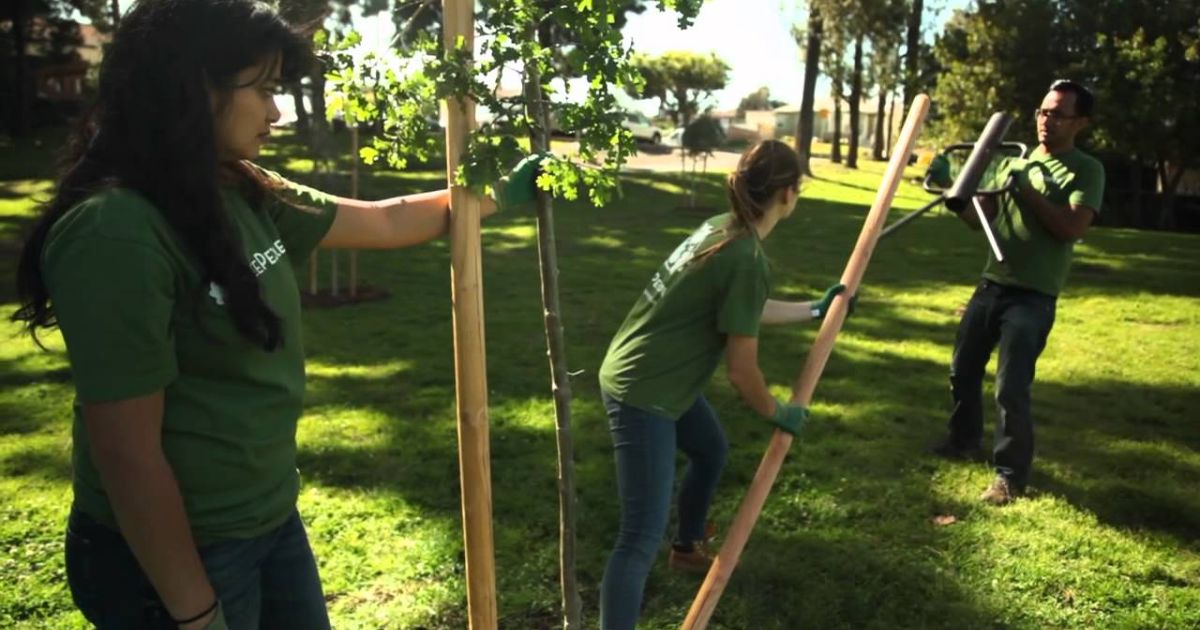Creating a stunning garden starts with choosing the right flowers that complement your garden’s style and thrive in your local climate. Whether you have a cozy cottage garden overflowing with blooms, a sleek modern landscape with minimalist plants, or a vibrant tropical oasis, selecting the best types of flowers for every garden style and climate ensures a thriving, beautiful space all year round. With the proper knowledge, you can enjoy colorful, fragrant flowers that enhance your outdoor space, attract pollinators, and require minimal maintenance.
In this guide, we’ll explore the best types of flowers suited for different garden styles—from traditional to contemporary—and break down which blooms flourish in various climates. Some flowers will thrive in your garden whether you live in a hot and dry region, a cold and frost-prone area, or a humid tropical zone. Read on to discover the perfect flowers to match your aesthetic and environmental conditions, helping you create a breathtaking and resilient garden.
Choosing the Right Flowers for Your Garden
Selecting the right flower types for your garden is more than just picking the prettiest blooms—it requires careful consideration of key factors like climate, soil type, sunlight availability, and maintenance level. By understanding these elements, you can ensure that your flowers thrive and create a flourishing garden that lasts throughout the seasons.
Key Factors to Consider When Choosing Flowers
- Climate: Different flowers thrive in other climates. If you live in a hot and dry region, choose drought-resistant flowers like lavender, marigolds, and succulents. HardyHardy perennials such as pansies, hellebores, and snowdrops can withstand harsh winters in cold and frost-prone areas in cold and frost-prone regions. Flowers like hibiscus, gardenias, and plumerias thrive in humid and tropical climates in a moisture-rich environment.
- Soil Type: Your garden’s soil type is very important in plant growth. Sandy soil drains quickly and is ideal for plants like lavender and yarrow, while clay soil retains moisture and suits flowers like daylilies and irises. If your soil is loamy, a balanced mix of sand, silt, and clay, you have the best conditions for growing a wide range of flowers, including roses and daisies.
- Sunlight Availability: Flowers have different sunlight requirements. Full-sun plants like sunflowers, zinnias, and petunias need six to eight hours a day in direct sunlight. Partial-shade flowers such as hydrangeas and begonias thrive with 3–6 hours of daylight, while shade-loving flowers like ferns, impatiens, and astilbes do well in low-light conditions. Assess your garden’s sun exposure before selecting plants.
- Maintenance Level: If you prefer low-maintenance gardening, choose hardy perennials like coneflowers, sedum, and daylilies that return each year with minimal effort. For those who enjoy tending to their garden frequently, seasonal flowers types such as pansies and tulips can provide vibrant color but require replanting.
Understanding Perennials, Annuals, and Biennials
When selecting flowers, knowing their lifespan and how often they need to be replanted is essential.
- Perennials: These flowers live for multiple years, returning each season with new growth. They may go dormant in winter but regrow from the same roots in spring. Examples include roses, peonies, and daisies. Perennials are ideal for long-term landscaping.
- Annuals: These flowers complete their life cycle in one season, meaning they grow, bloom, set seed, and die within a year. Popular annuals include marigolds, petunias, and zinnias. While they require replanting yearly, they often produce vibrant and continuous blooms.
- Biennials: These plants take two years to complete their life cycle. In the first year, they grow leaves; in the second year, they bloom, set seeds, and then die. Common biennials include foxgloves, hollyhocks, and sweet William.
By carefully selecting flowers based on climate, soil, sunlight, and maintenance needs—and understanding their life cycles—you can create a thriving garden tailored to your style and environment. how to keep onions from spoiling
Flowers for Different Garden Styles
The secret to designing a visually beautiful and unified outdoor environment is selecting flowers that go well with your garden style. Whether you love the charm of an overflowing cottage garden or prefer the sleek, low-maintenance look of a modern minimalist garden, some type of flowers suit every aesthetic. Here’s a breakdown of the best flowers for different garden styles.
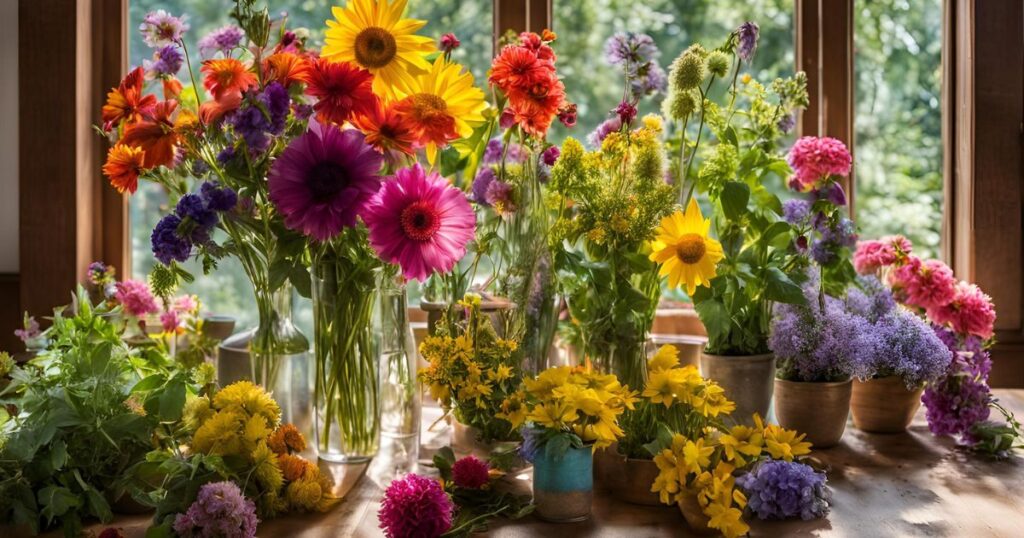
Cottage Garden
Features: Romantic, overflowing with blooms, and informal.
A cottage garden is a classic, whimsical style filled with layers of colorful flowers that spill over walkways and garden beds. It combines perennials, biennials, and annuals to create a lush, textured look.
Best Flowers:
- Roses – Fragrant and timeless, perfect for climbing trellises or garden beds.
- Peonies – Large, ruffled blooms that add elegance and charm.
- Foxgloves – Tall, tubular flowers that provide height and attract pollinators.
- Lavender – Aromatic and drought-tolerant, great for borders and edging.
- Hollyhocks – Towering stalks of colorful blooms that create a vintage cottage feel.
Modern Minimalist Garden
Features: Simple, clean lines, low-maintenance plants.
A modern minimalist garden emphasizes structure, space, and simplicity. Flowers are often chosen for their architectural qualities and subtle colors.
Best Flowers:
- Ornamental Grasses – Provide texture and movement with a sleek, understated look.
- White Lilies – Elegant and pure, enhance the garden’s serene atmosphere.
- Calla Lilies – Known for their sculptural beauty and minimalistic appeal.
- Hostas – Lush foliage plants that add depth with broad, smooth leaves.
- Hydrangeas – Soft, rounded clusters of flowers that bring a refined touch.
Wildflower or Meadow Garden
Features: Natural, wildlife-friendly, attracts bees and butterflies.
A wildflower or meadow garden is designed to mimic nature. It features native plants that thrive with minimal intervention while providing food for pollinators. DIY Wall Landscaping Ideas
Best Flowers:
- Coneflowers – Bright, daisy-like flowers that attract butterflies and bees.
- Black-eyed Susans – Hardy, cheerful yellow blooms that thrive in meadows.
- Wild Poppies – Delicate yet vibrant flowers that add a splash of red and orange.
- Daisies – Simple and classic, they give a carefree and wild look.
- Milkweed – Essential for supporting monarch butterflies and other pollinators.
Tropical Garden
Features: Lush greenery, bold colors, exotic plants.
A tropical garden is a paradise of vibrant flowers, large-leafed plants, and striking textures that thrive in warm and humid climates.
Best Flowers:
- Bird of Paradise – Exotic, bird-like flowers with bright orange and blue petals.
- Hibiscus – Large, eye-catching blooms in red, pink, yellow, and orange.
- Bougainvillea – A climbing plant with paper-like, brightly colored bracts.
- Orchids – Elegant, long-lasting flowers that add an exotic flair.
- Heliconia – Also called lobster claw plants, known for their striking red and yellow bracts.
Rock or Desert Garden
Features: Drought-resistant plants, minimal watering.
Rock and desert gardens feature hardy plants that require little water, making them perfect for arid climates or xeriscaping.
Best Flowers:
- Cacti Blooms – Stunning flowers that emerge from different cacti species.
- Succulents – Thick, water-storing plants with rosette-shaped blooms.
- Agave – A bold, architectural plant with dramatic spiky leaves.
- Yucca – Produces tall flower spikes with white, bell-shaped blooms.
- Verbena – A thorny, drought-resistant flower that provides bursts of color.
Selecting flowers that align with your garden style may design an attractive and well-coordinated outdoor area. Whether you prefer the natural beauty of a wildflower garden, the simplicity of a modern minimalist garden, or the lushness of a tropical retreat, there are perfect blooms for every vision.
Flowers for Different Climates
Choosing the different types of flowers for your garden depends on your local climate. Some flowers thrive in intense heat, while others prefer cooler, frost-prone environments. Understanding which flowers best suit your climate ensures a healthy, vibrant garden with minimal effort.
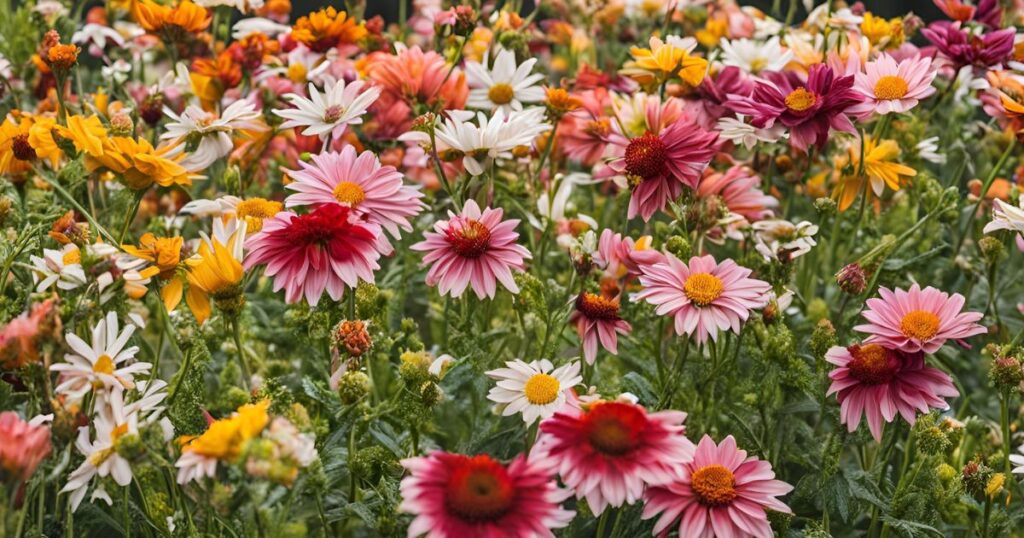
Flowers for Hot and Dry Climates
Gardening in hot and arid climates requires selecting drought-tolerant plants that withstand intense sunlight and minimal water. These names of flowers starting with m are perfect for dry conditions and still offer stunning blooms.
Best Choices:
- Lavender – Fragrant and hardy, thrives in dry soil with minimal watering.
- Marigolds – Bright, cheerful flowers that are heat-resistant and pest-repellent.
- Zinnias – Colorful, long-lasting blooms that thrive in full sun.
- Gazanias – Low-maintenance, sun-loving flowers that close at night.
- Lantanas – Drought-resistant clusters of flowers that attract butterflies.
Tips:
- Choose drought-tolerant plants that require minimal watering.
- To keep roots cool and soil moist, use mulch.
- Water deeply yet sparingly to encourage deep root growth.
Flowers for Cold and Frost-Prone Climates
If you live in an area with harsh winters and frequent frost, select cold-hardy flowers with m that can survive freezing temperatures and even bloom in early spring.
Best Choices:
- Pansies – Resilient flowers that bloom even in cold weather.
- Snowdrops – Early bloomers that push through the snow in late winter.
- Crocuses – Small, colorful flowers that thrive in cool temperatures.
- Hellebores – Also known as Christmas roses, they bloom in late winter.
- Camellias – Elegant evergreen shrubs that flower during the colder months.
Tips:
- Plant hardy perennials that can survive winter temperatures.
- Use mulch or straw to protect plant roots from frost damage.
- Cover delicate plants with frost cloth during extreme cold spells.
Flowers for Humid and Tropical Climates
Bowl shaped flowers must withstand high moisture levels and potential fungal diseases in warm, humid regions. Choose plants that thrive in these conditions and provide a lush, tropical look.
Best Choices:
- Hibiscus – Large, exotic blooms that flourish in warm, humid weather.
- Plumeria – Fragrant flowers commonly found in tropical landscapes.
- Gardenia – Glossy green shrubs with fragrant white flowers.
- Begonias – Beautiful, shade-loving flowers that enjoy high humidity.
- Impatiens – Low-maintenance, colorful flowers perfect for shady areas.
Tips:
- Ensure proper drainage to prevent root rot.
- Choose disease-resistant flower varieties.
- Space plants apart to improve airflow and reduce fungal issues.
Flowers for Temperate Climates
Temperate climates experience a mix of warm summers and cool winters, allowing for a diverse range of flowers that bloom throughout the seasons.
Best Choices:
- Tulips – Iconic spring flowers that add vibrant colors to gardens.
- Daffodils – Hardy, cheerful yellow blooms that signal the arrival of spring.
- Sunflowers – Tall, sun-loving flowers that thrive in warm summers.
- Hydrangeas – Stunning clusters of flowers that change color based on soil pH.
- Roses – Classic and versatile flowers that bloom throughout the growing season.
Tips:
- Take advantage of seasonal variety by planting bulbs for spring and summer blooms.
- Rotate flower selections based on seasonal weather changes.
- Use well-draining soil to support a wide range of plant types.
By choosing different flowers same garden suited to your climate, you can ensure a thriving and beautiful garden with minimal upkeep. Whether you live in a hot desert, a frost-prone region, or a humid tropical zone, the right flowers will enhance your outdoor space year-round. when are jerusalem artichokes ready to harvest
Low-Maintenance Flowers for Any Garden
Low-maintenance flowers are the perfect choice for gardeners who want stunning blooms without the hassle of constant upkeep. These flowers similar to dahlia thrive with minimal watering, fertilizing, and pruning, adding beauty and attracting pollinators.
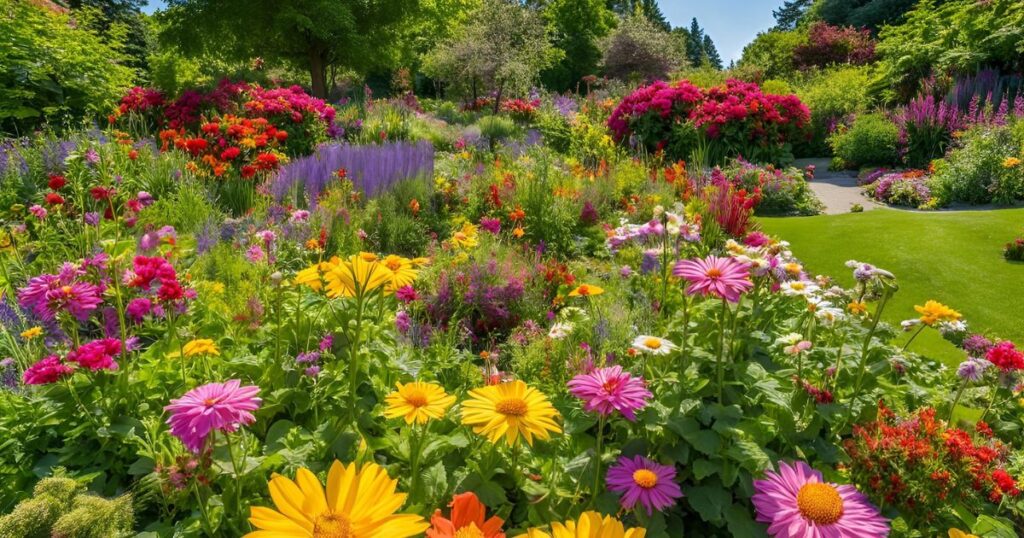
Best Choices:
- Daylilies – Tough and drought-resistant, these flowers bloom in various colors and thrive in almost any soil type.
- Sedum is a hardy succulent that requires little water and produces clusters of colorful flowers.
- Geraniums – Versatile and long-blooming, they thrive in pots and garden beds with little attention.
- Coneflowers – Also known as echinacea, these drought-tolerant flowers attract bees and butterflies while adding vibrant color.
- Yarrow – Resilient and pest-resistant, this plant produces clusters of tiny flowers that bloom all summer.
Benefits of Low-Maintenance Flowers:
✔ Minimal Care Required – These flowers thrive in various conditions and need little watering or fertilizing.
✔ Long Blooming Period – Many of these flowers bloom from spring to fall, providing consistent color.
✔ Pollinator-Friendly – They attract bees, butterflies, and other beneficial insects, supporting local ecosystems.
✔ Drought-Resistant – Many flowers can handle dry conditions, making them perfect for water-wise gardens.
You can take pleasure in a colorful and thriving garden with little effort by choosing these easy-to-grow flowers. Whether you’re a beginner gardener or want a low-maintenance landscape, these flowers will add beauty to your outdoor space year after year.
Flowers for Landscaping: Bring Life and Color to Your Yard
Landscaping with flowers is a transformative journey. It’s not just about planting pretty petals—it’s about creating a mood, boosting curb appeal, and turning a simple yard into a vibrant oasis. Whether you’ve got a large garden or a small space, the right flowers can inspire and motivate you to completely transform your landscape.Start with perennials like Black-Eyed Susans and Daylilies for year-after-year color without the hassle of replanting. These low-maintenance options will give you confidence in your landscaping choices. Best Strawberry Types for Every Season: Grow Your Favorites Want something bold? Try Hydrangeas or Peonies, which offer large, showy blooms. For ground cover and color splashes, Petunias, Marigolds, and Impatiens are easy to maintain and bloom all season long.
Mixing heights and colors adds depth to your garden. Use taller plants like Lavender or Coneflowers in the back, medium blooms like Zinnias in the middle, and low growers like Alyssum at the edges. And don’t forget about fragrance—roses and Lilacs look stunning and fill the air with their heavenly scent, making you excited to incorporate them into your landscaping.With some planning, your flower landscape can be eye-catching and low-maintenance. Nature’s beauty is just a bloom away!
Conclusion
The first step in designing a stunning and successful garden is selecting the flowers for your style, climate, and maintenance preferences. Some types of form flowers will complement your vision, Whether you similar to the charming appeal of a cottage garden, the contemporary simplicity of a modern minimalist design, or the vibrant energy of a wildflower meadow. Likewise, considering your local climate—hot and dry, cold and frost-prone, humid and tropical, or temperate—ensures your flowers will flourish with minimal effort.
By selecting the best flowers for every garden style and climate, you can design an outdoor space that enhances your home’s aesthetic, supports local wildlife, and requires as much or as little upkeep as you prefer. Regardless of your level of gardening experience, there’s a perfect flower for every garden. With thoughtful preparation and the appropriate plant selections, your garden can be a vibrant, blooming haven all year!
FAQ
1. What are the easiest flowers to grow for beginners?
Among the simplest flowers to cultivate are marigolds, sunflowers, zinnias, petunias, and daylilies. These flowers are low-maintenance, resilient, and bloom for extended periods.
2. How do I choose the right flowers for my garden?
Consider climate, soil type, sunlight availability, and maintenance level. To ensure healthy growth, choose flowers that thrive in your local environment.
3. What are the best flowers for a low-maintenance garden?
For a garden that requires minimal care, opt for daylilies, sedums, geraniums, coneflowers, and yarrows. These plants are hardy, drought-resistant, and bloom for long periods.
4. Which flowers are best for hot and dry climates?
Flowers like lavender, marigolds, zinnias, gazanias, and lantanas thrive in hot and arid conditions and require little water and maintenance.

